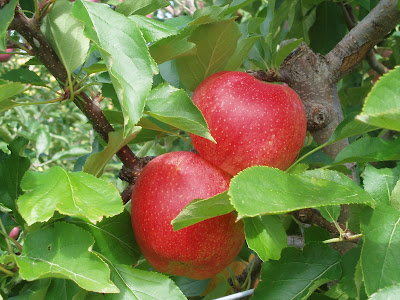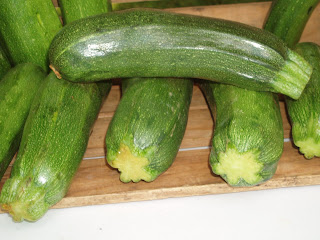What do you do when there is a brisk chilly feel to the outside air and the wind is howling around the house but it is brilliantly sunny outside? You make soup, of course!
I took out from my refrigerator the very basics for a good hearty, spicy vegetable soup. There was a half of a large butternut squash sitting quietly in my refrigerator along with a large bag of carrots. I discovered a half of a large onion just waiting to jump into a food creation of mine. Supporting the major components of this throw-together soup are my spices always ready to flavor-up a dish.
With a full stock of staples in the pantry, I of course had a box of low-sodium chicken broth to blend into a pot of soup or rice stirfry sidedish.
There you have it. Chopping the vegetables, adding seasonings and broth blends into the most satisfying, creamy tummy-warming soup in just about one half an hour. Yes, from the chop to the blend I was eating not one but two bowls of this velvety smooth liquid meal in under an hour! How wonderful is that?
With the basic kitchen skills and tools, you too can impress yourself as well as your loved ones with a healthy, nutritious pleasure.
Prep time about five minutes. Cooking time about one half an hour.
Serving suggestions: Add soup crackers, or small cooked pasta to a bowl of soup. (If you can tolerate dairy, grate some melting cheese on top of the soup or a tiny bit of cream.)
What you will need:
Cutting board, large
Kitchen knife
Vegetable peeler
Small bowls for chopped vegetables
Large pot with matching cover
Wood spoon
Large soup spoon
Measuring spoons
Pot holders
Immersion blender or food processor (even a blender if soup is cooled.)
Ingredients:
Canola or Olive Oil, 3 tablespoons
1/2 large sweet onion, chopped
1 garlic clove, crushed
1/2 large butternut squash, cubed into small pieces
2 medium carrots, washed, peeled and cut into thin discs
1 box, 32 ounces of low-sodium chicken broth. (Swanson's)
Kosher salt, add during cooking and flavor cooked soup
(about 1 teaspoon during cooking onions, 1 teaspoon when butternut squash and carrots added to the cooking onions. Add 1 teaspoon if needed when soup is finished cooking and still in the pot if more flavoring is needed.)
Crushed black pepper, 1-2 teaspoons during the cooking process
Turmeric, 1/2 teaspoon on top of the cooking butternut squash and carrots
Smoked Papika, 1/2 teaspoon on top of the cooking butternut squash and carrots.
The process:
Wash, peel, cut the carrots and set aside until needed
Peel butternut squash and cut into small pieces
Peel the onion and chop into small pieces and set aside until needed
Peel clove of garlic and crush into small pieces
Add the oil into the large pot and put on the stove burner turned on medium-high heat
Add the chopped onions, some salt and stir with the wooden spoon often.
When the cooking onions look shiny and appear to be softer in texture, add the crushed garlic and keep stirring with the wooden spoon often.
Quickly add the cut butternut squash and cut carrots into the cooking mixture and keep stirring around often with the wooden spoon.
Add more salt, add crushed black pepper as well as the turmeric and smoked paprika and keep stirring with the wood spoon.
When the cooking vegetables appear to be softer, slowly add the chicken broth and keep stirring the mixture.
Reduce the heat under the pot to a low setting, cover slightly with the matching cover.
Check on the cooking soup in about 25-30 minutes, taste a little bit with the clean, large soup spoon and add more salt or crushed black pepper to your personal taste.
The flavors come together with a correct balance of seasonings. (Your tastebus will tell you if more seasonings are needed.)
With the stove burner off, use the immersion blender slowly to blend the cooked chunks of vegetables into a smooth, velvety texture.
If using a food processor or blender, let the soup cool a bit before blending.





















































